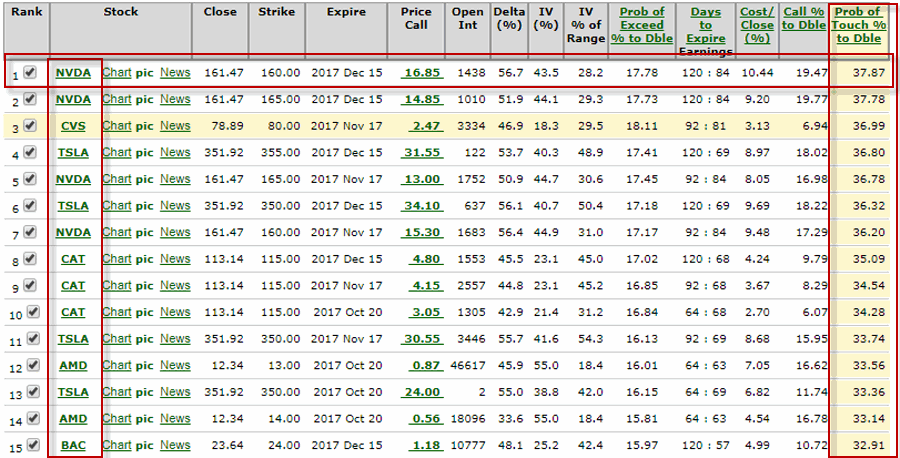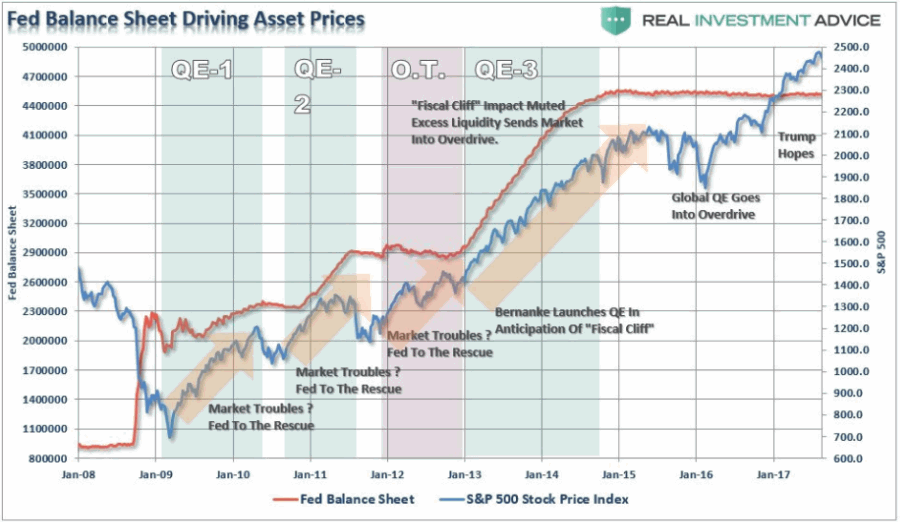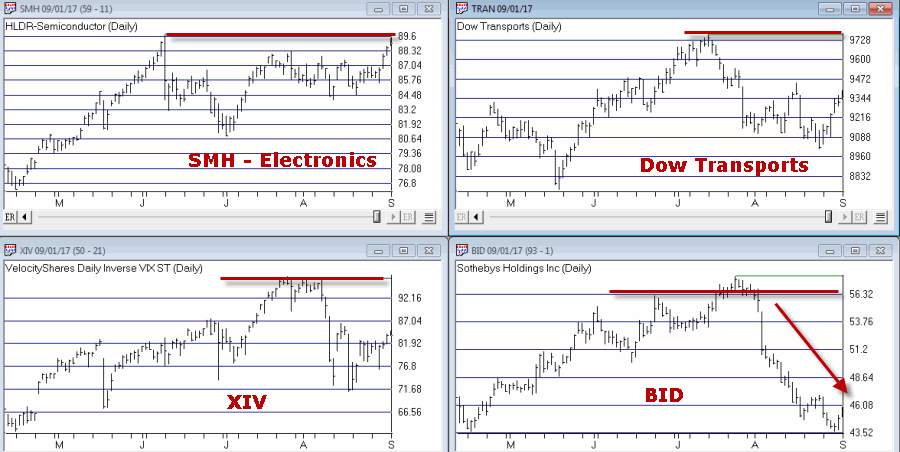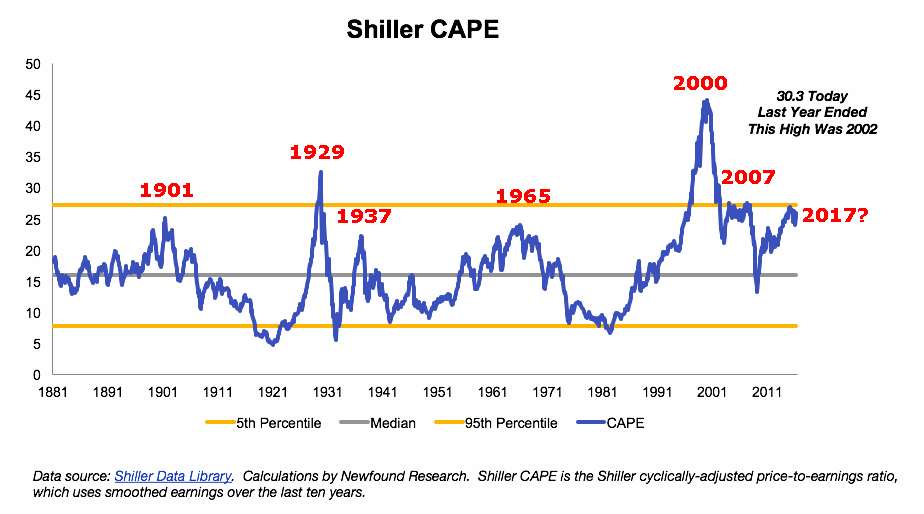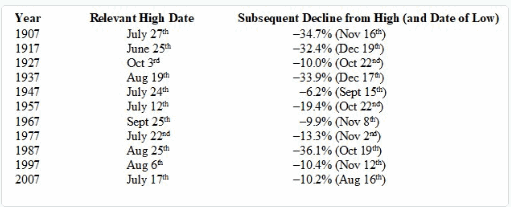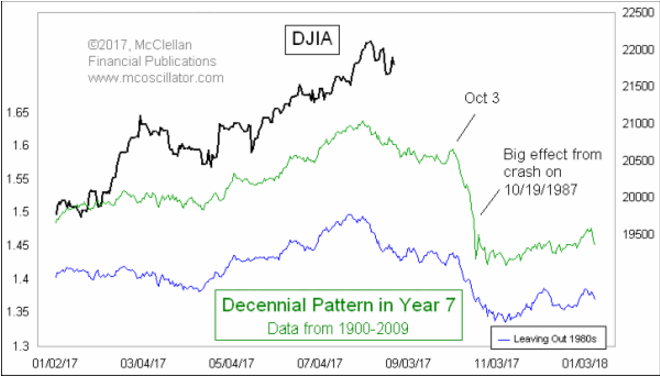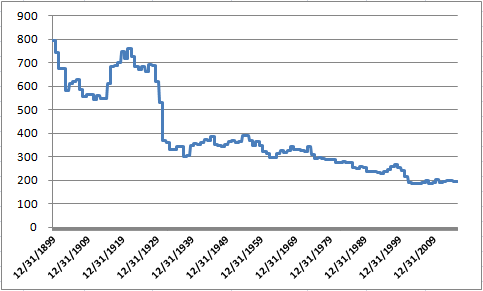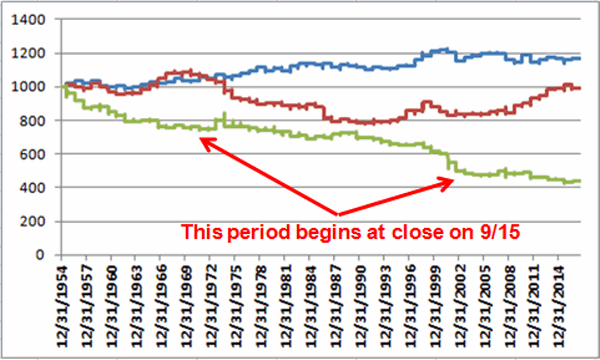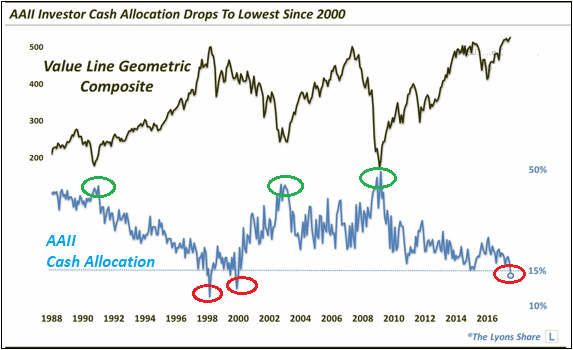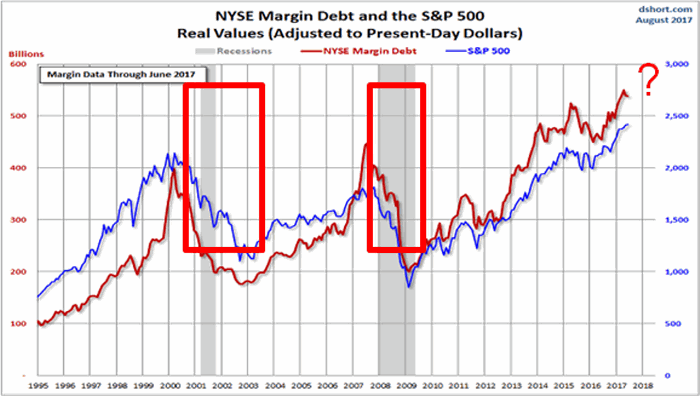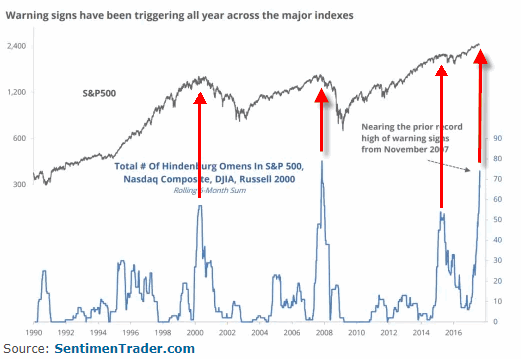Please notice that the title of this piece is in the form of a question. I am not offering any suggestions regarding the future direction for the price of gold. The sole purpose of this article is to highlight a particular strategy that many traders never consider – but which can be a terrific way to express a market opinion without risking a lot of money.
The State of GLD
Figures 1 and 2 display two potentially alternate views for ticker GLD – an ETF that tracks the price of gold bullion. Some people will look at Figure 1 and see a bullish setup, some will look at Figure 2 and see a chart with LOTS of overhead resistance and some people will simply shrug their shoulders and say, “it beats me.” Figure 1 – Ticker GLD with bullish Elliott Wave count (Courtesy ProfitSource by HUBB)
Figure 1 – Ticker GLD with bullish Elliott Wave count (Courtesy ProfitSource by HUBB)
 Figure 2 – Ticker GLD with a lot of overhead resistance levels (Courtesy AIQ TradingExpert)
Figure 2 – Ticker GLD with a lot of overhead resistance levels (Courtesy AIQ TradingExpert)
For the purposes of this article let’s assume or a moment that you fall somewhere in the “I wouldn’t mind being bullish but I don’t really feel like risking much betting on it” category. Given this hypothetical assumption, let’s consider the following hypothetical trade:
Buy 1 Jan2018 GLD 130 call
Sell 2 Jan2018 GLD 140 calls
Buy 1 Jan2018 GLD 150 calls
This strategy is referred to as an “Out-of-the-Money Butterfly Spread” or OTM Butterfly for short. It might also be unofficially called a “really cheap bet just in case things go right.”
In essence the relevant questions are:
1) Do you think there is chance gold will rally between now and mid-January 2019?
2) Do you have $53 bucks?
Figure 3 displays the particulars and Figure 4 displays the risk curves.
 Figure 3 – GLD OTM Butterfly Spread (Courtesy www.OptionsAnalysis.com)
Figure 3 – GLD OTM Butterfly Spread (Courtesy www.OptionsAnalysis.com)
 Figure 4 – GLD OTM Butterfly Spread Risk Curves (Courtesy www.OptionsAnalysis.com)
Figure 4 – GLD OTM Butterfly Spread Risk Curves (Courtesy www.OptionsAnalysis.com)
Things to note:
*A 1x2x1 spread costs $53. This is the maximum risk on the trade
*If GLD does rally the potential profit will peak out and roll over if GLD rises above the middle strike of 140
*If GLD fails to rally this trade will absolutely, positively lose money
*The breakeven price for GLD at January expiration is $130.53
Bottom line: GLD MUST rally at some point or this trade will lose money. But remember, the maximum risk only $53. In the meantime – and for example’s sake – if GLD rises to roughly $130 a share by say, December 12, the open profit at that time would be roughly $125 – i.e., +136% ROI.
Either these types of numbers float your boat or they don’t.
Summary
Am I suggesting in any way shape or form that gold is going to advance in price between now and mid-January 2019? Nope.
Am I recommending that you load up on the trade detailed above? Nope.
The trade detailed above is intended to serve merely as an example of “one way to play” if:
*You think something “might” move
*You are willing to actually enter a trade to bet on that “something” actually moving
*But you don’t want to risk much capital
Jay Kaeppel
Disclaimer: The data presented herein were obtained from various third-party sources. While I believe the data to be reliable, no representation is made as to, and no responsibility, warranty or liability is accepted for the accuracy or completeness of such information. The information, opinions and ideas expressed herein are for informational and educational purposes only and do not constitute and should not be construed as investment advice, an advertisement or offering of investment advisory services, or an offer to sell or a solicitation to buy any security.















